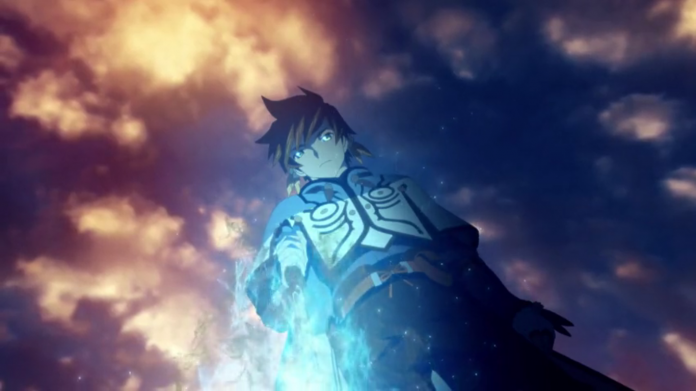What works and what doesn’t in the world of game-inspired anime.
Video games and anime have long had a relationship; a simple Google search of both reveals an entire Wikipedia page with a long and varied list of adaptations. Toonami viewers will recognize some of their favorite titles in the video game section – Dragonball Z, Naruto, One Piece, Sword Art Online, and the list goes on. Video games have also been a frequently-used source material for anime, Castlevania and Fate series being some of the most recent additions to this tally.
It’s easy to see why games are often the inspiration for an anime series. Those ranked the most popular have rich storylines, likable characters with notable development, exciting action sequences, and often an epic climax or conclusion. These elements amount to the perfect formula for a winning anime – in theory. The result of these projects, however, tends to be a mixed bunch, ranging from high quality and visually stunning, to utterly bland and thoroughly disappointing. This range of quality begs the question – what makes for a good anime adaptation of a game?
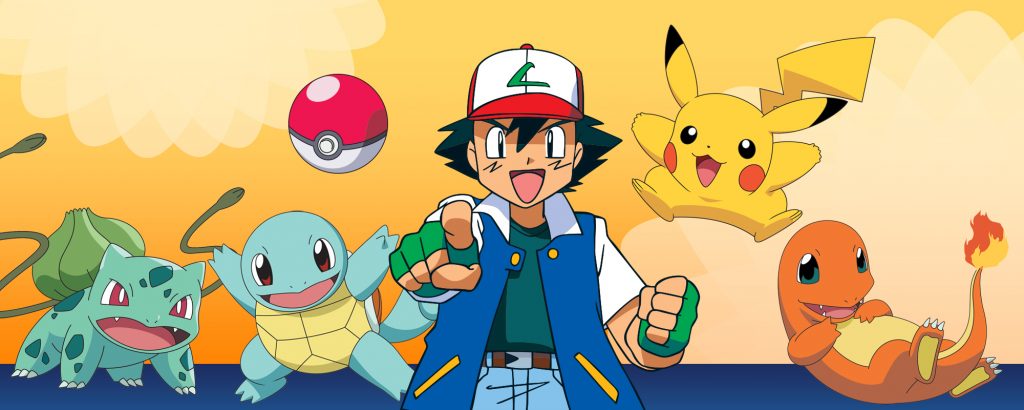
Pokemon, the animated series, might be one of the most successful franchises for a game-turned-series. With over 1,000 episodes to-date and 23 seasons, it has demonstrated a model of “simplicity is best.” The series does not attempt to delve into the deep history of what Pokemon are or where they came from – they simply exist. This uncomplicated approach applies to the style of animation, the plotlines, and the characters. All are straightforward and fun, which can be watched either with no knowledge of the game it’s based on or with delightful recognition of familiar characters played in the game. Though Pokemon can be formulaic and has limited appeal to maturing audiences, it continues to be a hit.
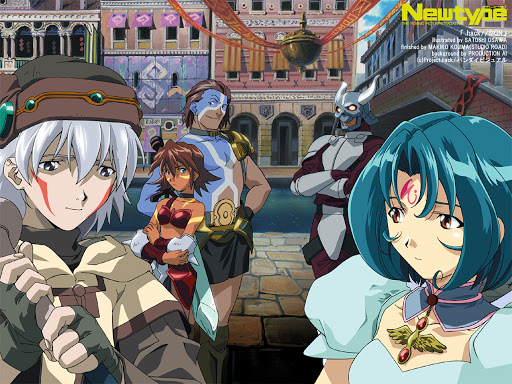
In 2003, Toonami broadcasted the series .hack//Sign. Based off of a popular PS2 game, the series revolves around a character named Tsukasa, a powerful player lost in a fantasy game with no memories of how he got there. The series contains a rich story progression as the characters try to unravel the mysteries of this cyberworld and Tsukasa’s origins. Often described as a very cerebral series, it delves into some deep psychological subjects such as depression, anxiety, escapism, and facets of interpersonal relationships. While the series had few action sequences, the suspenseful story, colorful design, and compelling character development made it a popular series, leading to several more .hack anime being developed.
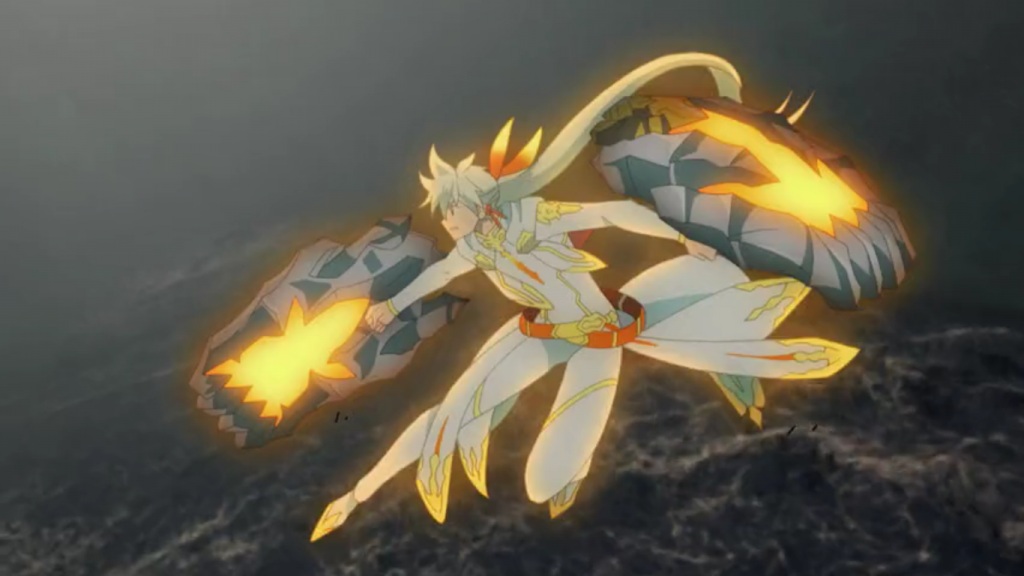
Easily one of my personal favorites is Tales of Zestiria the X, a beautiful and vivid telling of the story of a pure-hearted Shepard, Sorey, and his battle with encroaching malevolence in the world. He fights alongside several Seraphim, powerful beings with elemental affinity. While Tales games have been a frequent source for anime in the past, this series was arguably one of the best from 2016 because it stayed faithful to its source material. Every episode contained an incredibly detailed and well-choreographed fight sequence that displayed all the visually stunning elements of “armatization” – the moment when Sorey bonds with one of his Seraphim companions. The landscape was artfully animated and perfectly captured the world of Glenwood in incredible detail. The Hellions which our heroes battled had all the atmosphere of the dark beings they were meant to be. The only issue a viewer might have with this show would be the pacing; the series combined the Zestiria story with another Tales game, Tales of Beseria. While the focus of the anime was primarily on the storyline of the former, the sequences from the latter forced a great deal of content into 26 episodes. It felt rushed and disruptive rather than connected to an overall narrative, and I would have preferred to watch each as it’s own series.
There are plenty of examples where a series fails to adapt the subject matter of the game, or even develop an original vision. The 2007 series Devil May Cry is a good example of what happens when a series attempts to disregard the source elements and create a convoluted plot with a lack of storyline. The protagonist is a very “cool” half-human named Dante, who exudes coolness in every facet of his being, from the indifferent way he fights demons to his relaxed character interactions. It’s almost humorous how Dante manages to pull off perfectly aloof yet excellent in everything he does. Still, the execution is done so that the viewer has no emotional attachment to his character. While the archetype of the bored hero is great for comedy-action series like One-Punch Man, Devil May Cry tries (and fails) to keep the world dark and moody, which makes for an incoherent show. It does not help that there are several forgettable characters, the exception being the obligatory loli Patty, who adds nothing to the story except for failed attempt at comic relief. I found myself hoping Dante would turn his demon-fighting prowess on Patty by the middle of the series. It might have helped if all of Dante’s swagger came with some overarching plot. However, it failed in this regard as well. The only semblance of some story became apparent in the last three episodes. By that point, the viewer has become used to the slice-of-life demon-fighting episodic nature of the series and is struggling to make the connections. While the original Capcom games were wildly popular, the anime fails to provide any compelling action-based series resembling the games.
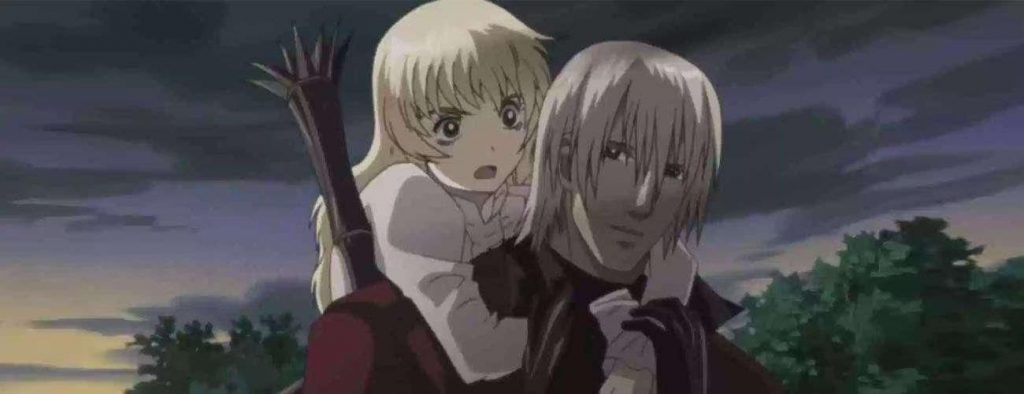
Another way in which an anime can fall flat is the lack of a solid concept in a story or character development- like Granblue Fantasy the Animation, a series based off of an online role-playing “gatcha” game. The series revolves around a strong young warrior named Gran who suffers a fatal wound while trying to protect a powerful summoner named Lyria. He subsequently becomes bound to her and shares her abilities. While the series has visually striking animation with charming fantasy elements, the characters and the story were a colossal disappointment. Each character revolved around his or her job function, with no real personalization and dull cliches of their stereotypes. Gran is a typically optimistic protagonist who magically excels at all he does, and draws people to him because he everyone thinks he is the bee’s knees for merely existing. Lyria is a product of a troubling trend for female characters in anime; she’s somehow incredibly powerful, yet utterly helpless without Gran. Her damsel in distress archetype persists throughout the series, and any strength she has is purely an asset to her male counterpart. Granblue Fantasy also suffers from the lack of any substantial plot development. Aside from rescuing Lyria from some people who wanted to use her power for a presumably insidious purpose that was never made clear, the story never quite dives into deeper character motivations, world-building, or a clear concept of why things were occurring.
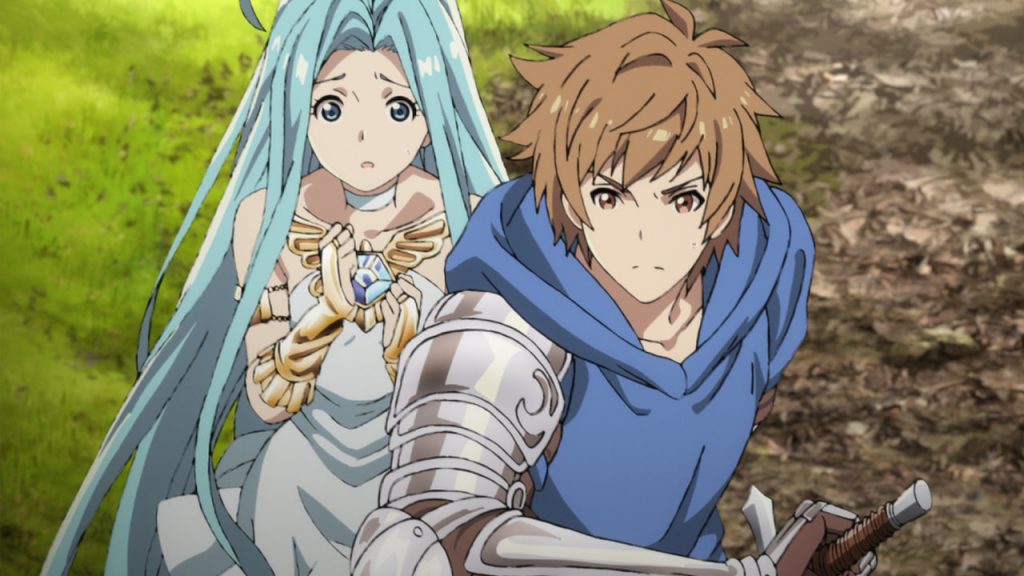
There are several series in which fans continue to debate over whether they were good or bad adaptations, such as the Persona Animations or Clannad. However, there are some clear indicators for what makes a series strong. The ability to watch a series whether you have played a game or not, character and plot development that progresses the story, or staying faithful to the source material have been reliable formulas for successful series, as we see in .hack//Sign or Tales of Zestiria the X. What makes a series bad can be due to poor source material adaptation, but as we have seen with Devil May Cry and Granblue Fantasy, it is not limited to the story from the game. The lack of original vision, weak concepts in the story, and poor character development lead to a flat and forgettable series.
Regardless of how well or poor a popular video game may be in the associated anime series, the rich world-building and escapism that gamers find in the world of video games will continue to provide an abundance of material for animators.
HappyKuroKitty is an editorial writer for ToonamiFaithful.com. Feel free to follow Kuro on Twitter @HappyKuroKitty

